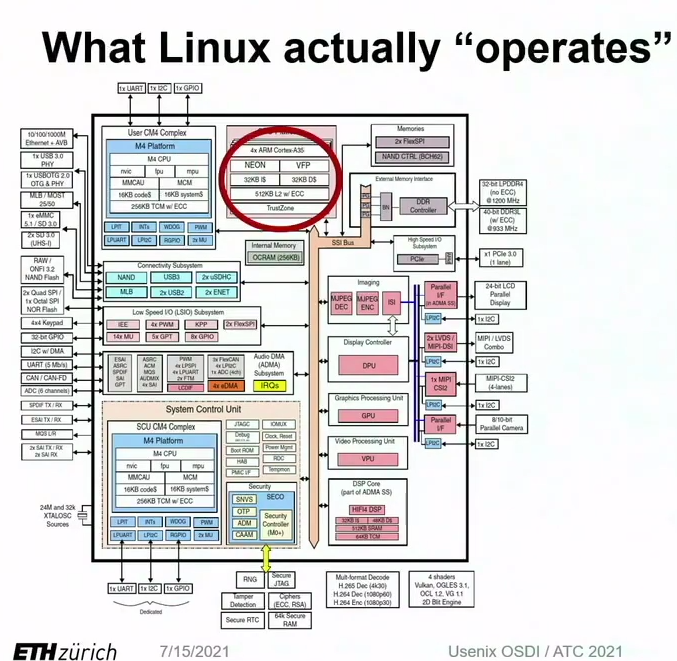each vendor’s CPU design can differ vastly from one another unlike x86 which is standard and only between amd and Intel.
The ISA guarantees that a program compiled for it can run on any of these vendor designs. For example native binaries for Android run on any SoC from any vendor with the ARM ISA compiled for. The situation is exactly the same as with x86, Intel and AMD. Their core designs are very different yet binaries compiled for x86 run on either Intel or AMD, and on any of their models, even across different architectures. E.g. a binary compiled for x86_64 would run on AMD Zen 2, as well as Intel Skylake, as well as AMD Bulldozer.
How is RISC-V better at this?
It's better in that it's free to use. Anyone making a chip implementing RISC-V doesn't have to pay ARM or Intel for a license. Not that Intel sells them anyway.
The fragmentation issue might become a new problem. With that said we definitely want to move away from the only usable cores using ARM or x86, neither of which we can design and manufacture without the blessing of two corpos, one of which is a proven monopoly abuser.
